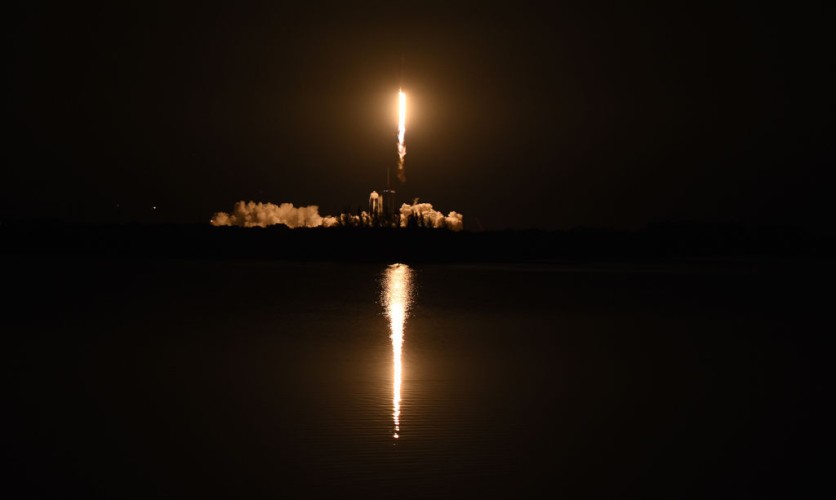
SpaceX's upgraded Super Heavy Booster was recently hit by an explosion and fireball, which had to be returned to the factory to fix its damages, according to Teslarati.
On July 13, almost a day and a half after the incident, CEO Elon Musk initially disclosed that the company would have to remove the rocket from Starbase's orbital launch pad for examinations and repairs.
How Did The Explosion Happen?
A scattered cloud of methane gas found an unintentional ignition source. It burst on July 11 with a power that at least one observer said was equal to many pounds of TNT, possibly during a partial wet dress rehearsal.
The next several tense hours were filled with uncertainty as SpaceX struggled to recover control of the situation and empty Super Heavy Booster 7 of its fuel and explosive potential while also attempting to put out a fire that had begun at the launch pad.
But fortunately, Booster 7 survived the event largely unscathed. SpaceX will now carefully assess the rocket and the predicament before returning to the launch pad.
Musk said that Booster 7 could return to the launch platform probably next week in an email sent soon after an early in-person post-anomaly check, suggesting that any damage sustained was only minimal, according to Teslarati.
What Were The Damages?
Teslarati further noted that the thermal protection panels around the 33 Raptor engines in Booster 7's aft engine section were damaged, with some of them appearing to have been torn off or thrown out of place by the July 11 explosion.
Some of those panels fit snugly together and are relatively sturdy, so deformation could easily harm some of the more delicate plumbing and parts on Raptor engines.
Before the explosion, workers spent hours removing. Booster 7's hidden aft heat shielding's very delicate parts, even removing and replacing one of its Raptors in-situ.
All Raptor engines with minor damage can most likely be fixed and utilized again on a later booster. The explosion may also provide SpaceX with priceless information that can be used to enhance the heat shield performance and longevity of Raptor and Super Heavy.
However, a thorough examination of Booster 7's aft end might take a week or more, according to Teslarati.
The break could extend to a month or longer if additional chronic damage is found, the entire aft heat shield needs to be rebuilt, or many Raptors need to be taken out and replaced.
After Booster 7 was delivered back to the Starbase factory on July 15, SpaceX appears to have started removing additional Raptor engines on July 17. This marks the beginning of a phase that should be dominated by positive inspection findings and few significant fixes.
It would be reassuring for the rocket's durability throughout the upcoming ground and flight testing if the Super Heavy prototype turned out to be largely in excellent condition following the explosion.
Related Article : 'NASA-Russia Deal': SpaceX Will Send Russian Cosmonauts To ISS, Swapping With US Astronauts
This article is owned by Tech Times
Written by Joaquin Victor Tacla




